I’ve always been fascinated by the nature of creativity. There are all the usual questions, of course… What is creativity? Where does it come from? How close do I have to stand to a creative person for some of it to rub off on me?
The last question comes with certain social restrictions (also possibly certain restraining orders), but the first two we can sit and discuss over coffee. Even better, we can put the results of that discussion to use, make the answers work for us. Ready? Go!
If I had to nail down a working definition, I’d say creativity is seeing and thinking about and exploring new connections. We tend to view creativity as having some element of surprise – when we see something we would call ‘creative,’ it’s almost always because there is something we didn’t expect, and it usually is built from pieces we know that are put together in new ways. It shows us a connection we had not previously considered.
In the world of digital photography, this shows up in works of photographers like Erik Johansson, Kirsty Mitchell, and Cheryl Walsh, among many others. Connections, however, are not just between conceptual elements. They are also between tools, interactions with media, and technical pieces. Check out the beautiful work of Bonny Lhotka who uses unique transfer process to create amazing physical pieces, or the sculpture of Andrey Droszdov.
How can we make use of this notion that creativity is seeing connections? Well, we can give ourselves more opportunity to see connections, for one thing. And we give ourselves opportunity by setting up situations where we’re likely to be exposed to new things, especially new thoughts. Like most things, it takes practice, and practice is something we generally know how to do. But for practice to be useful, we have to want to do it, and we have to do it with intent. One technique I’ve had success with is directed experimentation. The basic idea is to do what you already know how to do, but change one thing.
That by itself is not enough, though. You have to be receptive to the previously unseen, and you have to let it get into your head so you can hang on to it for future use.
The secret sauce is to pay attention when the connection is made, and that’s what loses some people. It’s not necessary to go in looking for any specific revelation – in fact, that can be counterproductive. What you are aiming for is to provide the raw materials and set up the situation where your mind can wander a bit, but then condition your reflex to store that connection when you are triggered by surprise. Going through your normal routine lets your mind work more subconsciously, and that one change is what seeds the possibility of a new connection.
A great way to get yourself to plant this seed is to ask yourself “What if?”
Let’s say you’re a portrait photographer. You know your craft and get great results, but you want to spice things up. “What if” you say to yourself with a devilish grin, “my model was facing the other way?” You’ve changed one thing. Without any other action or thought, you look through the viewfinder. Hopefully at this point, you start asking yourself some other questions. Should the lights be adjusted? How will you show emotion or character? Are other things in the scene jumping out that you previously missed? If you think this is a weird concept, check out Tony Gale’s personal project of women’s backs (link contains artistic nudity).
Not only are you seeing something new, you’re engaging and thinking. You’re paying attention. More importantly, you’re present in the moment. And you’re unconsciously making new connections. The next step is to save those connections actively. Let the seed germinate.
For the human mind to really hang on to things in a meaningful way, it generally uses language to describe the things. Feelings and memories can be incredibly powerful, but they’re difficult to act on or share without putting words to them. This is especially true for new concepts, and every time you get creative, you’re working with new concepts. When you discover something, when you’re surprised, delighted, thrilled, annoyed, or bored, use words. They can be in your head, you can write them down, you can talk with someone, but use words. The seed sends out roots.
By describing what you’re thinking, feeling, or seeing, you’re better able to retain memory, but you’re also able to build on it. In the portrait example above, you might suddenly notice the angle of your model’s shoulders, so think about how you’d explain that. Maybe you go into Photoshop and start drawing gesture lines like an animator over the pose and that gives you an idea about movement or relationships. As a side benefit, you might discover a career in stick-figure cartooning. It’s been known to happen.
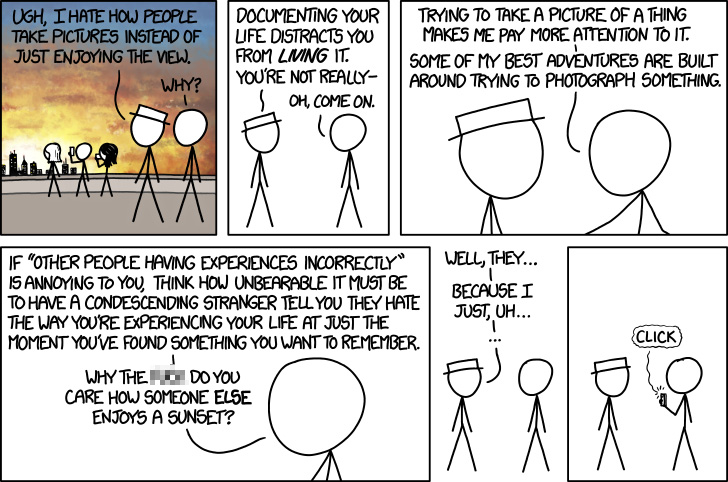
The other thing about using words, especially when you’re trying to describe something to another person, is that you’re forced to find common ground if you truly want to communicate. And that frequently means finding simpler and clearer concepts that you can stick together. Which brings up deconstruction. Sometimes before you can build up, you have to tear down.
Deconstruction is frequently just another thought process. Look at something and allow yourself to wonder. Start with, “why?” Why did I get this effect when I twiddled this knob? Throw in some “how?” to the mix: how do these things relate? Move into the future with a few “what if?” questions and you’re just primed for success. What if I put this one weird rule in place for my next photoshoot? You don’t have to answer completely, let alone correctly; you just have to create the space for the answer to eventually reside. In our seed metaphor, deconstruction is the process of providing basic nutrients. It’s fertilizer. You can laugh if you feel like it.
Deconstruction isn’t just for language, though. You can use it with your tools. This brushed ink portrait was the result of limiting myself to the Threshold adjustment layer in Photoshop as a starting point, then using the Smudge tool with the Bristle Brush to refine it. I didn’t have a solid plan going in except to start exploring the Threshold tool. I call this a Limited Challenge because I set a rule for myself going in, limited to and requiring only one tool as a starting point. Where deconstruction is the fertilizer, practice is the light and water. And this is the end of the plant analogy.
Let’s pause a moment to see what we’ve got…
If creativity is being able to see new connections between things, we can use experiences in order to have more things to connect and thus increase our chances of being creative. But experience isn’t just going out to see new things, it’s also seeing old things in new ways. We can do this with simple changes, and we take advantage of the results of those changes by thinking about and describing them. Describing them allows us to find more common elements to put together, and helps us see the basic components that make things fit. We can begin describing things by asking ourselves questions about what we’ve experienced, thus making connections.
See what I did there?
And here’s the point of that little diversion: don’t build up expectations of your own creativity. Either it happens now or it doesn’t until later; it generally takes its own time; and it’s frequently unexpected. But you’ll have a much better chance if you set yourself up for success. Here are some of my favorite exercises for inviting creativity to come in and have coffee.
TLDR Version:
- Set yourself up for surprise and seeing connections by experiencing new things
- Be present
- Describe what you’re seeing, thinking, or feeling about the connections
Change One Single Variable – Directed Experimentation
As I noted earlier, directed experimentation is awesome, easy, and it’s what I do most often. For me, this usually involves Photoshop or lighting, but it can really be anything, including rules. Take a process that you know really well and pick one thing to tinker with. Change the horizon line in a landscape, add a colored gel somewhere, swap layers around or change blending modes, whatever. Don’t get too hung up on sticking to the one thing, but do try to limit what you do so there’s some way to control it. Remember to pay attention!
Change Everything Except One – Limited Challenge
Think of this as related to the last exercise, but instead of picking a variable, you’re picking a rule. Give yourself just one rule to explore, and beat it up. Years ago, I was part of a huge Photoshop forum that devised some really amazing challenges. We would choose one tool in Photoshop that absolutely must be used, then we’d give some other guidelines or goals. For example, we might have asked you to create a landscape using only Lens Flares. You could warp, liquify, mask and blend, but all pixels had to start from the Lens Flare tool.
Ask Questions – Why & What If
This is the most common thing I do, but it takes a lot of energy and honesty with yourself. Pause a moment with whatever strikes you and engage, right then and there. Make a mental (or real) list of elements that grab your attention and ask yourself why they interest you. Be as specific as possible in your analysis, but don’t seek truth beyond what’s true for you. This is part of paying attention and being active in your viewing. What if another artist had tackled the same concept – how would it be different? This is mostly for viewing art, but can be applied to anything that catches your eye. Allow your mind to wander, but don’t try to capture everything – keep the connections you discover and toss the rest.
Final thoughts…
Some seriously creative folks genuinely do all of the stuff above automatically. It just happens internally and organically for them. Some have to nudge it along, and some pour blood, sweat, and tears into the process before anything useful happens. Can you imagine cleaning up after that? Anyway, the most usual thing I’ve discovered is there’s a mix. To be sure, some people just seem to do all of this better than others. But some of us just don’t feel creative at all, or at least not as often as we’d like. We don’t get it, we are flabbergasted at just how creative some people are. Well, here’s a dirty little secret about all those so-called “creative geniuses” out there: they are indeed creative geniuses. That does not mean all of them do it naturally, nor that all of them just work their keisters off to maintain their creativity. Some do, some don’t. But I don’t believe that creativity is an inherent characteristic that you can never achieve if you don’t start with it at birth.
Bonus! Make mash-up lists
This one can lead to some really wacky ideas. I use a spreadsheet with a randomizer function to pull words from different lists and put them together. I’ve got one that describes scene elements, one for Photoshop tools and functions, and another with just random dictionary words. There are several online generators for free, too. The point is to give yourself a project framework, then use a mashed-up combination to challenge yourself.
Now get out there and be surprised by the connections you find!
(All photo credits: Scott Valentine)
More Bonus!
My favorite contemporary surreal photographers:
You can see more of Scott’s work at Scoxel.com, and follow him on Instagram, Facebook, Pinterest, Behance, YouTube, and Twitter.



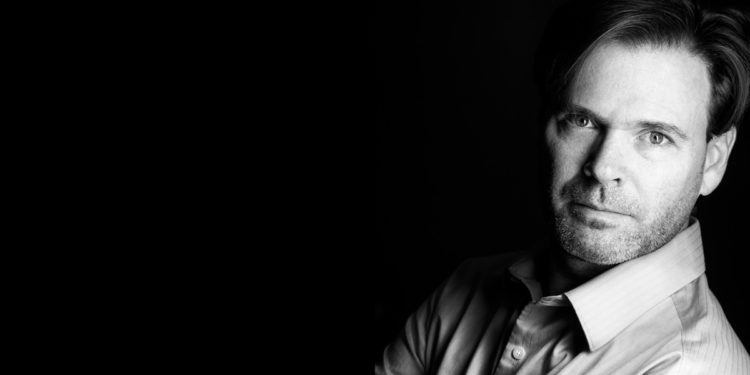
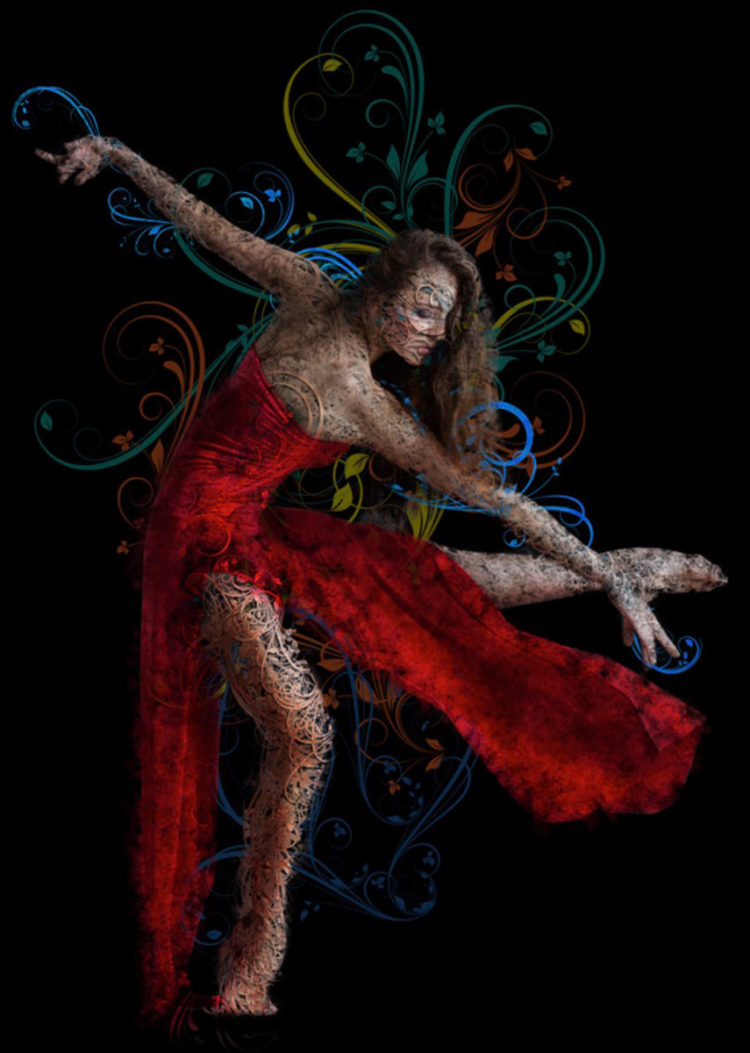
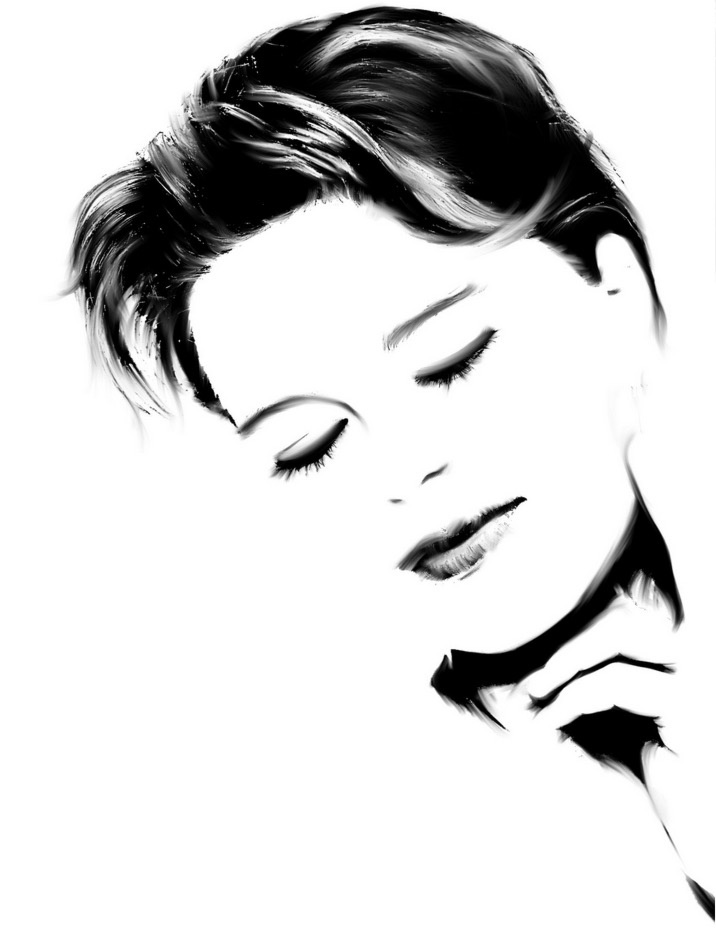
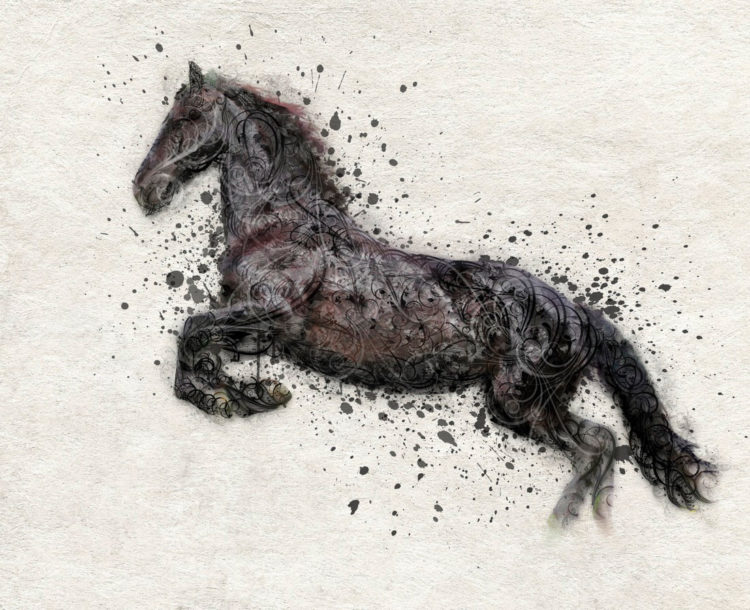
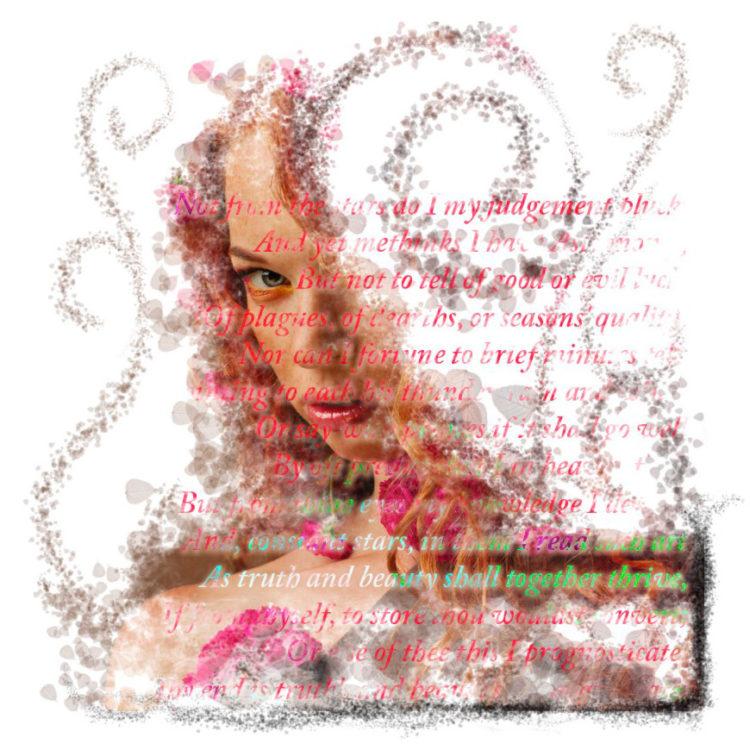
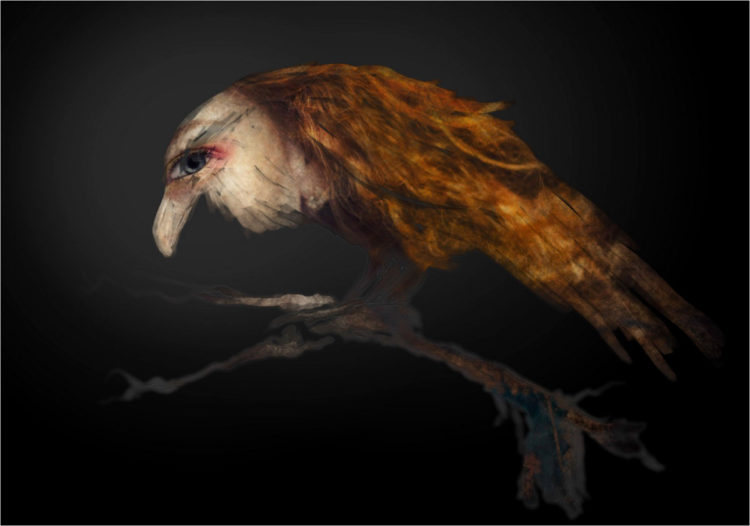
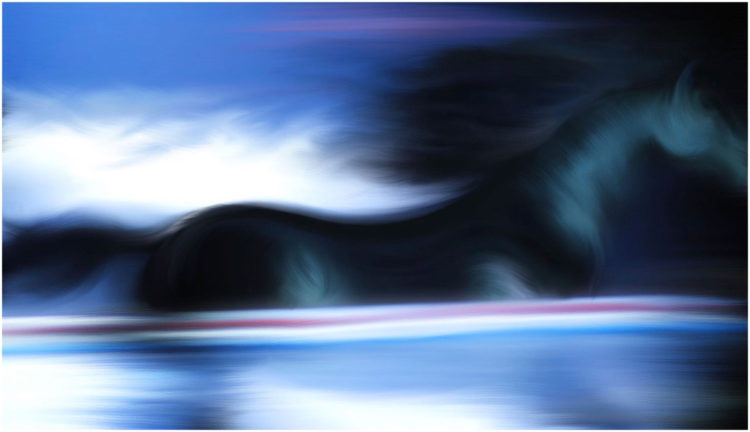
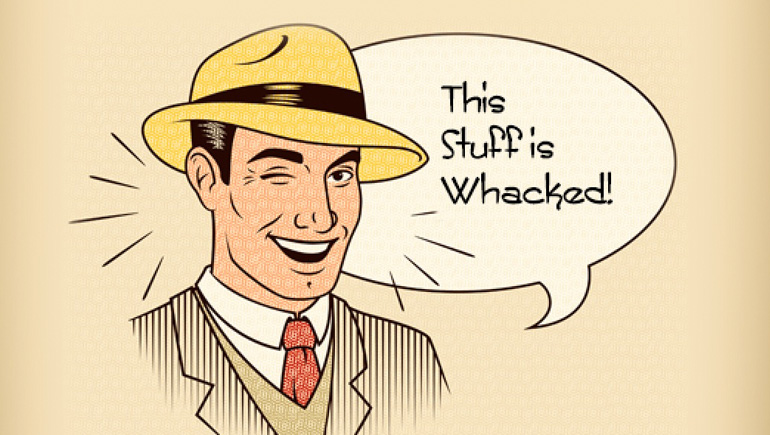
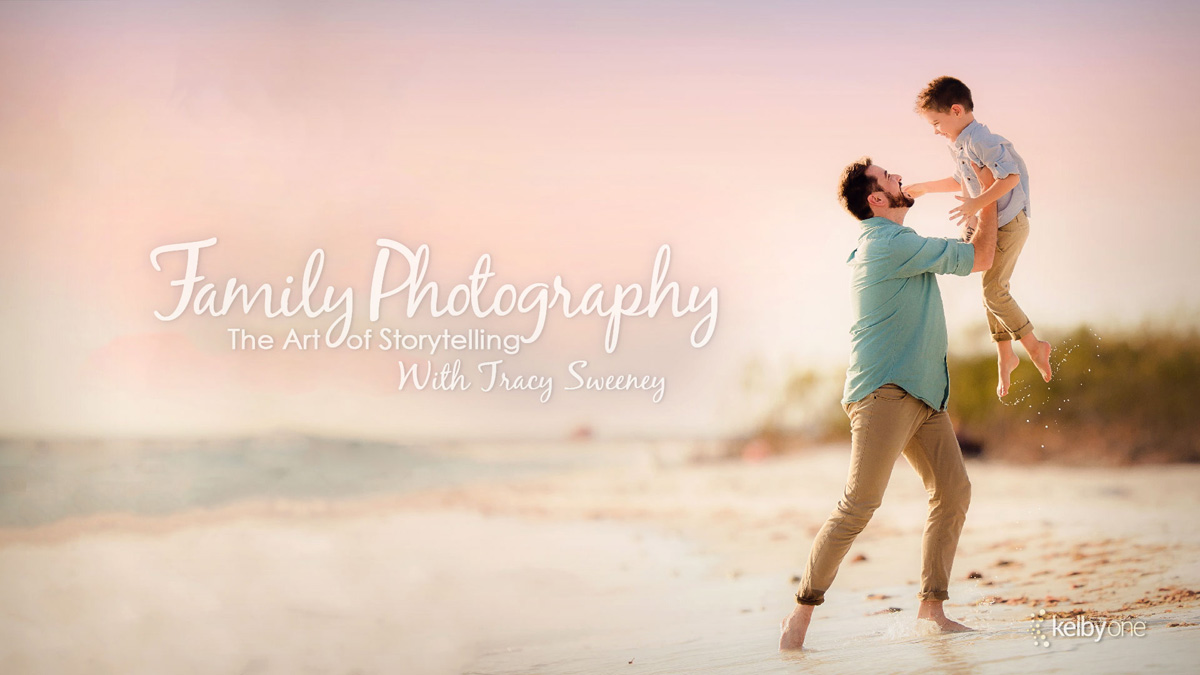
Thanks for this, Scott (V. and K.) One of the best guest blogs here ever!
Hi Brad I have visited your website for the first time and I am very much pleased watching this information about Wednesday featuring scott valentine! So best of luck.
Read this article twice and planning on reading it again. Thank you for an article that is full of content, ideas and thought provoking connections. Waiting for the video not only on this subject but also on your painting. Ok – kelbytraining let’s get this scheduled!
This is my weekend project :)
Love the brushed ink portrait look… thanks for taking time to write your post.
Thanks for the shout out! I appreciate it.
Katrin Eismann pointed me to your work – outstanding stuff!